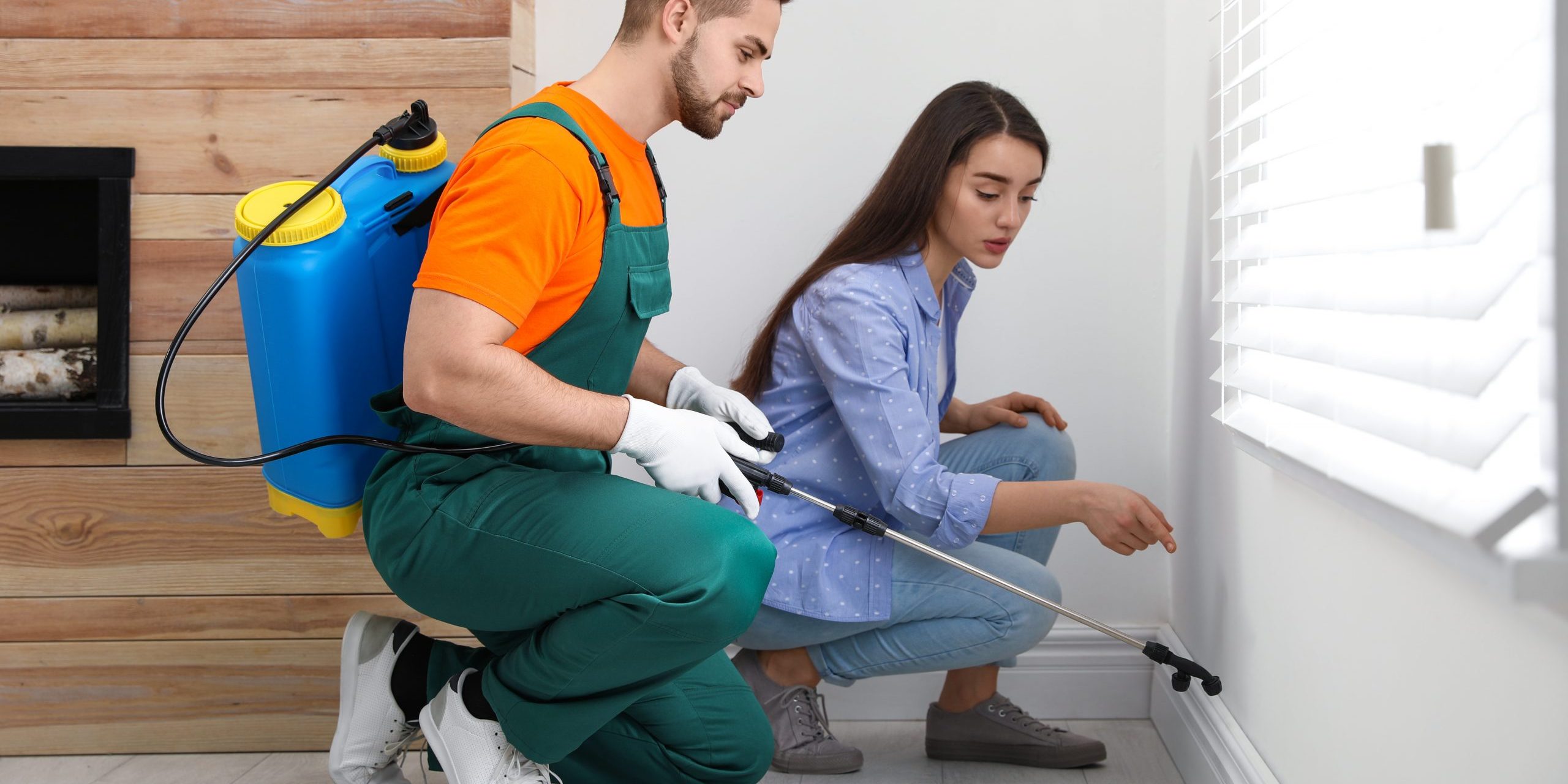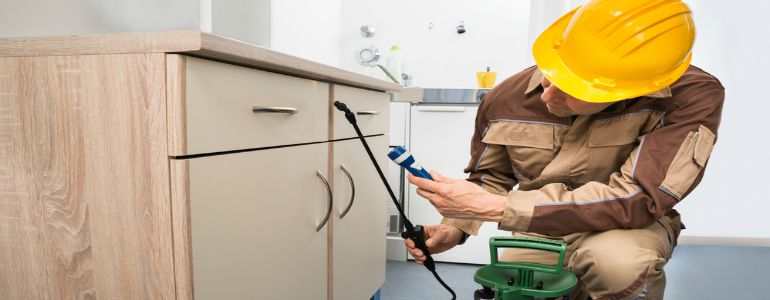Proven Bed Bug Heat Treatment: Get Rid Of Bed Bugs with Heat!
Proven Bed Bug Heat Treatment: Get Rid Of Bed Bugs with Heat!
Blog Article
Expert Insect Control Techniques for Long-Term Results
In the realm of bug control, attaining sustained effectiveness and lasting outcomes requires a careful strategy that goes beyond mere elimination. Specialist parasite control strategies envelop a thorough strategy that starts with a thorough examination and evaluation, complied with by specific parasite identification to comprehend their behavior patterns. The application of Integrated Parasite Monitoring (IPM) principles, combined with eco-conscious therapies, forms the foundation of lasting insect eradication. Nevertheless, truth test depends on the continuous surveillance and maintenance of the dealt with areas, ensuring a pest-free setting for the foreseeable future. By diving right into the ins and outs of these methods, a much deeper understanding of professional insect control methods for enduring outcomes emerges.
Evaluation and Assessment
Upon entering a building for parasite control services, the initial step is an extensive assessment and evaluation to determine the degree of the problem and establish one of the most reliable therapy plan. Professional parasite control specialists are trained to meticulously take a look at the premises, trying to find indications of parasite task such as droppings, gnaw marks, nests, or any type of architectural damage. They will also assess the problems that may be drawing in pests, such as food resources, water leaks, or entry points.

Parasite Recognition and Actions

Additionally, understanding the actions of the recognized parasite is crucial to carrying out efficient control steps. Understanding where insects nest, what they feed on, and their task patterns can aid pest control specialists create methods to remove them successfully.
Integrated Bug Management (IPM)
Integrated Parasite Monitoring (IPM) methods integrate multiple techniques termite detector to manage and stop parasite problems in a lasting and ecologically pleasant way. Exterminator DC. By integrating approaches such as organic control, habitat manipulation, adjustment of cultural techniques, and making use of immune selections, IPM intends to minimize the usage of chemical pesticides
One of the vital concepts of IPM is the focus on avoidance. This positive approach entails tracking parasite populations frequently to spot any type of potential issues prior to they rise. By identifying pest problems early, pest control actions can be applied swiftly and efficiently.
Moreover, IPM advertises using non-toxic pest control methods whenever possible. This can include employing natural predators of the insects, presenting helpful pests, or making use of scents to interfere with mating patterns. By lowering dependence on chemical pesticides, IPM not just safeguards the atmosphere yet also assists preserve a balance in the ecological community.
Environmentally-Friendly Treatments
Implementing eco-conscious strategies in pest control treatments can properly attend to invasions while prioritizing ecological sustainability. Environmentally-friendly therapies concentrate on reducing the impact of parasite control techniques on environments, non-target organisms, and human health. These approaches usually include the use of all-natural killers, such as ladybugs or nematodes, to manage you could try here pest populations, lowering the requirement for chemical interventions. In addition, strategies like environment adjustment, such as changing wetness levels or removing food sources, can help deter parasites without using dangerous compounds.
One more key facet of environmentally-friendly therapies is making use of organic and biodegradable items that break down promptly without leaving damaging deposits in the environment. Agricultural insecticides originated from plants like chrysanthemums or neem provide reliable insect control while posing very little risk to non-target types. Furthermore, utilizing approaches like heat treatments or scent catches can target particular insects with accuracy, reducing the general ecological impact of bug control practices.
Continuous Monitoring and Upkeep
Consistent surveillance and maintenance are important elements of effective insect control administration. Recurring surveillance plays reference a critical function in making sure that parasite problems are detected very early and dealt with quickly. Routine evaluations by qualified experts are required to determine any kind of indicators of insect task, analyze the effectiveness of previous therapies, and make adjustments to the insect control plan as required. By monitoring bug populations with time, parasite control specialists can track trends, anticipate potential concerns, and implement preventative actions to minimize the danger of future invasions.
Along with surveillance, maintenance practices are crucial for lasting insect control success. This consists of implementing appropriate sanitation steps to remove potential food and water resources for pests, sealing access indicate prevent insects from entering the facilities, and resolving any architectural concerns that might help with pest invasions (exterminator). By including ongoing tracking and upkeep right into an incorporated parasite management method, businesses can guarantee a pest-free atmosphere and secure their home versus pricey damages and health and wellness threats
Verdict
Finally, utilizing professional pest control techniques such as complete assessment and analysis, exact parasite recognition and understanding of their actions, incorporated bug administration methods, environmentally-friendly therapies, and ongoing surveillance and maintenance are vital for accomplishing long-lasting lead to bug control. By carrying out these methods, individuals can properly take care of bug infestations and keep a pest-free setting in a lasting way.
Report this page